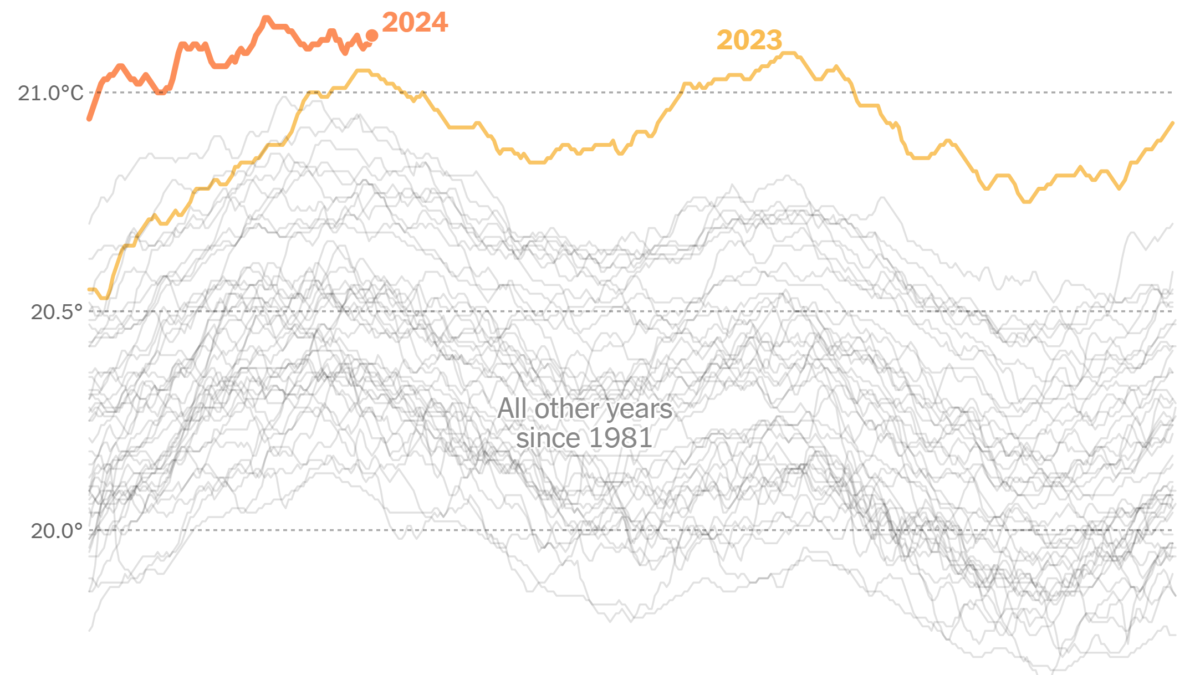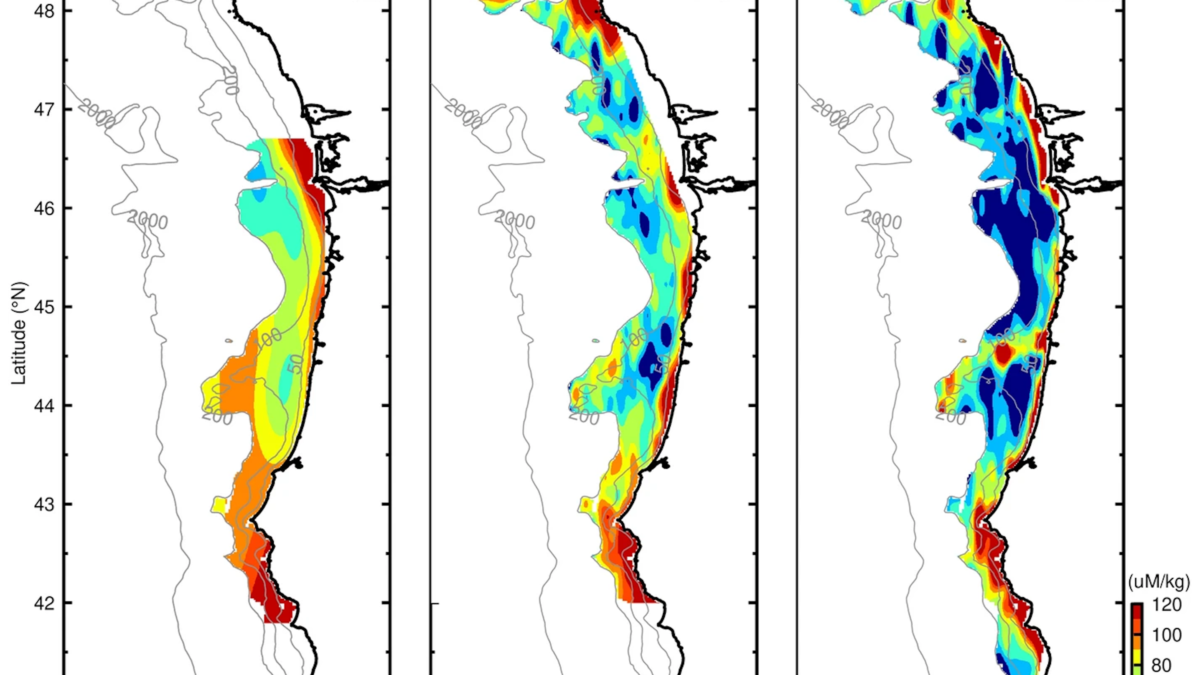Microplastics are a million times more abundant in the ocean than previously thought
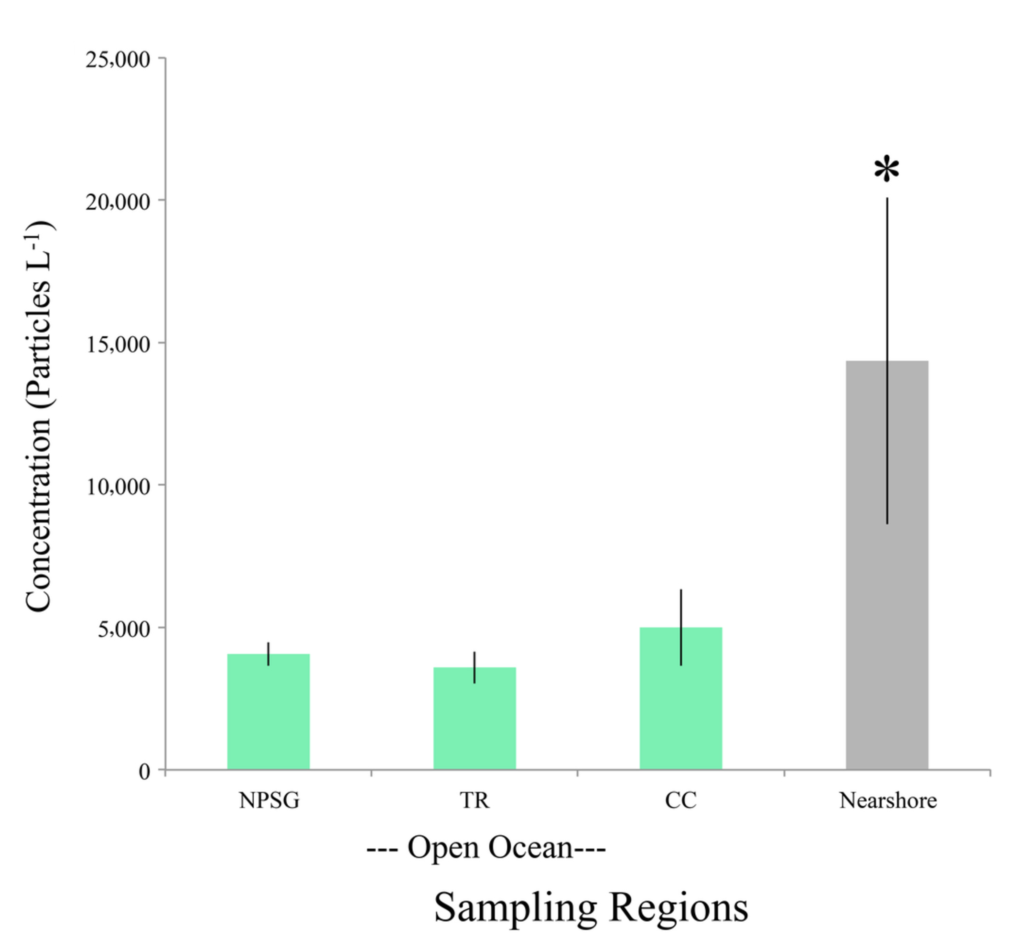
By MacKenzie Elmer
3 December 2019
(UCSD News Center) – Nothing seems safe from plastic contamination. It is pulled from the nostrils of sea turtles, found in Antarctic waters and buried in the fossil record. But a new study by researchers from Scripps Institution of Oceanography at the University of California San Diego suggests there could be a million times more pieces of plastic in the ocean than previously estimated.
Biological oceanographer Jennifer Brandon found some of the tiniest countable microplastics in surface seawater at much higher concentrations than previously measured. Her method unveiled that the traditional way of counting marine microplastics is likely missing the smallest particles, suggesting the number of measured microplastics in the ocean is off by five to seven orders of magnitude.
On average, Brandon estimates the ocean is contaminated by 8.3 million pieces of so-called mini-microplastics per cubic meter of water. Previous studies measuring larger pieces of plastic found only 10 pieces per cubic meter.
Her discoveries about mini-microplastics, completed while a graduate student at Scripps Institution of Oceanography, was published Nov. 27 in a special issue of Limnology and Oceanography Letters devoted to research on microplastics and microfibers.
“For years we’ve been doing microplastics studies the same way (by) using a net to collect samples. But anything smaller than that net mesh has been escaping,” Brandon said.
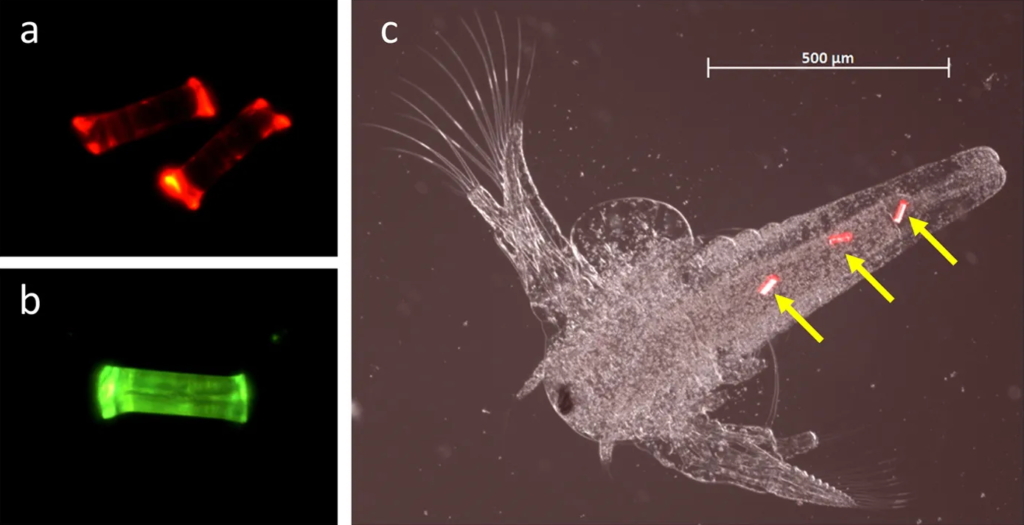
Microplastic is most often measured by trawling or pulling a submerged fine net behind a ship with mesh that’s small enough to filter plankton from seawater. But a 2015 review of more than 11,000 trawls between 1971 and 2013 showed 90 percent of these experiments used the same type of net which only captures plastics as small as 333 micrometers (one-third of a millimeter) in diameter.
But Brandon’s study found plastic as small as 10 micrometers in her study, smaller than the width of a human hair.
The National Oceanic and Atmospheric Administration defines a microplastic as any piece smaller than 5 millimeters. The petroleum-based material is used to make almost every type of product including clothing which, when washed, introduces plastic microfibers into wastewater systems and eventually oceans.
“(Plastic) keeps breaking down but stays chemically plastic and doesn’t go back into the ecosystem,” Brandon said.
Most plastics are so chemically strong that neither microbes in soil nor water can break down the elemental bonds. Scientists are concerned microplastics could crumble small enough to enter the human bloodstream but plastic effects on human health are not well known and not extensively studied.
“I saw these published size ranges and thought, we are under-sampling this smaller range. There’s a big knowledge gap,” Brandon said.
To fill that gap, Brandon turned to both seawater samples and salps, gelatinous filter-feeding invertebrates that suck in water both to eat and propel themselves around the upper 2,000 meters (6,500 feet) of the ocean. Their stomachs were a likely place to find mini-microplastics, she wagered.
No one eats salps, but it’s not far away on the food chain from the things you do eat.
Jennifer Brandon, biological oceanographer
Brandon teamed up with co-author Linsey Sala, Collections Manager of the Scripps Pelagic Invertebrate Collection, one of the world’s preeminent collections of marine zooplankton dating back to 1903. There, Brandon dissected salps from multiple years of sea-going expeditions and long-term monitoring networks across the North Pacific.
“It’s fantastic when students can use the rich, historic holdings and taxonomic expertise of the Scripps collections to help them work through some of these more complex scientific questions,” Sala said.
This archived material was collected for a totally different purpose in the past, Sala said. “But it’s being used to answer a new question about the health of our ecosystem now.”
At the lab of Scripps Oceanography’s Michael Landry and with the help of co-author Alexandra Freibott, Brandon searched for plastics in seawater and salp guts using a special fluorescent microscope. Conveniently, plastic self-illuminates when exposed to multiple wavelengths of light, meaning it can be easily seen under the microscope.
Of the 100 salps Brandon surveyed from water samples collected in 2009, 2013, 2014, 2015 and 2017, 100 percent had mini-microplastics in their guts. The results shocked Brandon.
“I definitely thought some of them would be clean because they have a relatively quick gut clearance time,” Brandon said. The time it takes a salp to consume and defecate is two to seven hours. As filter feeders, salps are almost always eating.
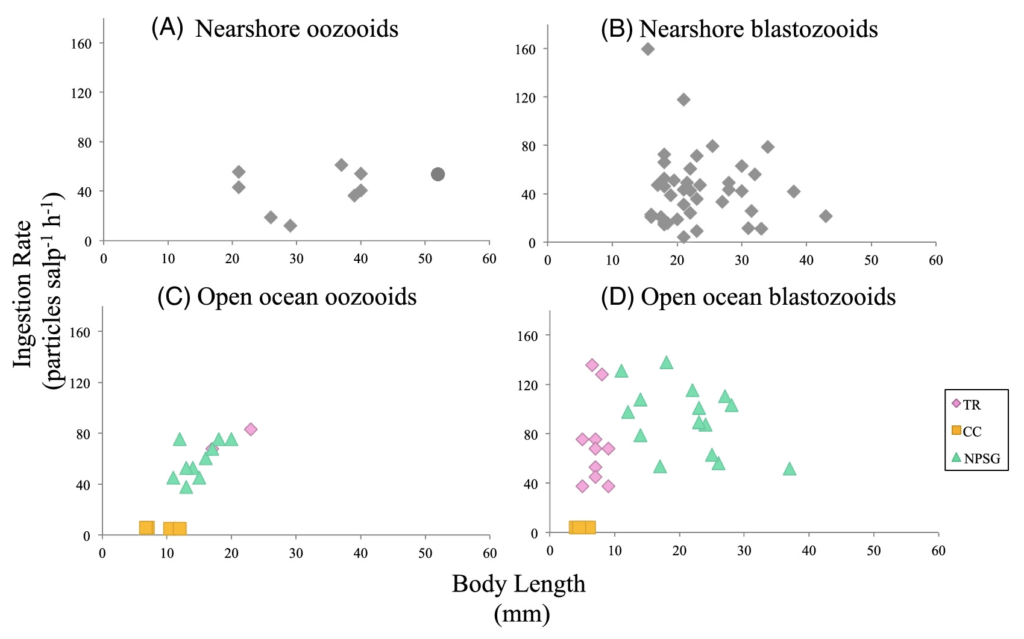
She sampled surface seawater and salps collected from the near-shore region within the California Current, the North Pacific subtropical gyre (the so-called Great Pacific Garbage Patch) and an intermediate, open ocean zone. There was significantly more plastic in the surface seawater samples closest to shore and the salps in that region had high plastic ingestion rates as well.
“We anticipated seeing an increase closest to the garbage patch but that wasn’t the case,” Sala said. The reason why the rate was highest near the coast might be due to runoff pollution from land, the researchers said.
The ubiquity of plastics discovered in salps could have deeper implications.
Salps can feed constantly while swimming and excrete relatively heavy, plastic-containing feces that sink to the ocean floor, Sala said. Salp digestion could fast-track plastic transportation to the deepest parts to the ocean and marine food chain, the researchers warned.
Salps are low on the oceanic food chain and feed on some of the smallest creatures in the sea, from nanophyto- to microzooplankton. Plastics in a salp’s stomach could travel up the food chain to creatures that feed upon it, like sea turtles and commercially-caught Rockfish and King Crab. Eventually, these mini-microplastics could be making their way into the human body.
“No one eats salps but it’s not far away on the food chain from the things you do eat,” Brandon said.
Brandon obtained her PhD degree from Scripps in 2017 and now works as a senior scientist at Applied Ocean Sciences, LLC. Co-author Alexandra Freibott obtained her PhD degree from Scripps in 2017 and now works in science communication for the United States Forest Service. Linsey Sala is the Collection Manager for the Pelagic Invertebrate Collection at Scripps. This study was funded by Schmidt Ocean Institute, UC Ship Funds, and NSF CCE-LTER.
Contact
- Chase Martin, 858-246-3101, ccm003@ucsd.edu
Microplastics a million times more abundant in the ocean than previously thought
Patterns of suspended and salp‐ingested microplastic debris in the North Pacific investigated with epifluorescence microscopy
ABSTRACT: Microplastics (< 5 mm) have long been a concern in marine debris research, but quantifying the smallest microplastics (< 333 μm) has been hampered by appropriate collection methods, like net tows. We modified standard epifluorescence microscopy methods to develop a new technique to enumerate < 333 μm microplastics (mini‐microplastics) from filtered surface seawater samples and salp stomach contents. This permitted us to distinguish mini‐microplastics from phytoplankton and suspended particles. We found seawater mini‐microplastic concentrations that were 5–7 orders of magnitude higher than published concentrations of > 333 μm microplastics. Mini‐microplastics were the most abundant in nearshore waters and more evenly distributed from the California Current through the North Pacific Subtropical Gyre. Every salp examined had ingested mini‐microplastics, regardless of species, life history stage, or oceanic region. Salps ingested significantly smaller plastic particles than were available in ambient surface seawater. The blastozooid stage of salps had higher ingestion rates than oozooids.
SIGNIFICANCE: Marine debris is a worldwide ocean pollution problem and evidence suggests that the tiniest pieces of plastic in the ocean, microplastics, may be the most abundant forms of plastic pollution in the ocean; however, the smallest microplastics have yet to be accurately quantified due to methodological limitations. We successfully developed and tested a new method for collecting and counting the smallest microplastic pieces in seawater and ingested inside the guts of salps, a planktonic species at the base of food webs and key to transport of carbon and particles from the sea surface to the deep sea. We determined that the true abundance of these tiniest microplastics far outnumber previously reported counts, and that every salp we examined had ingested plastic.
